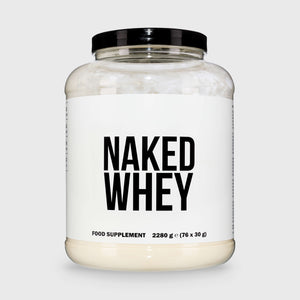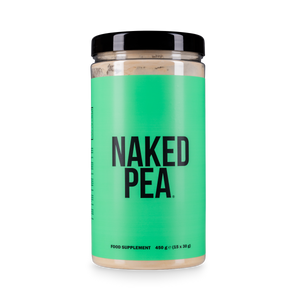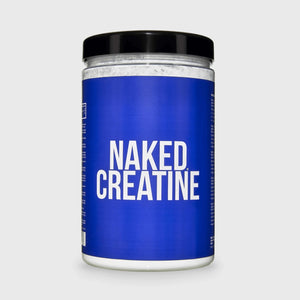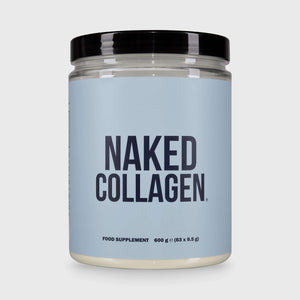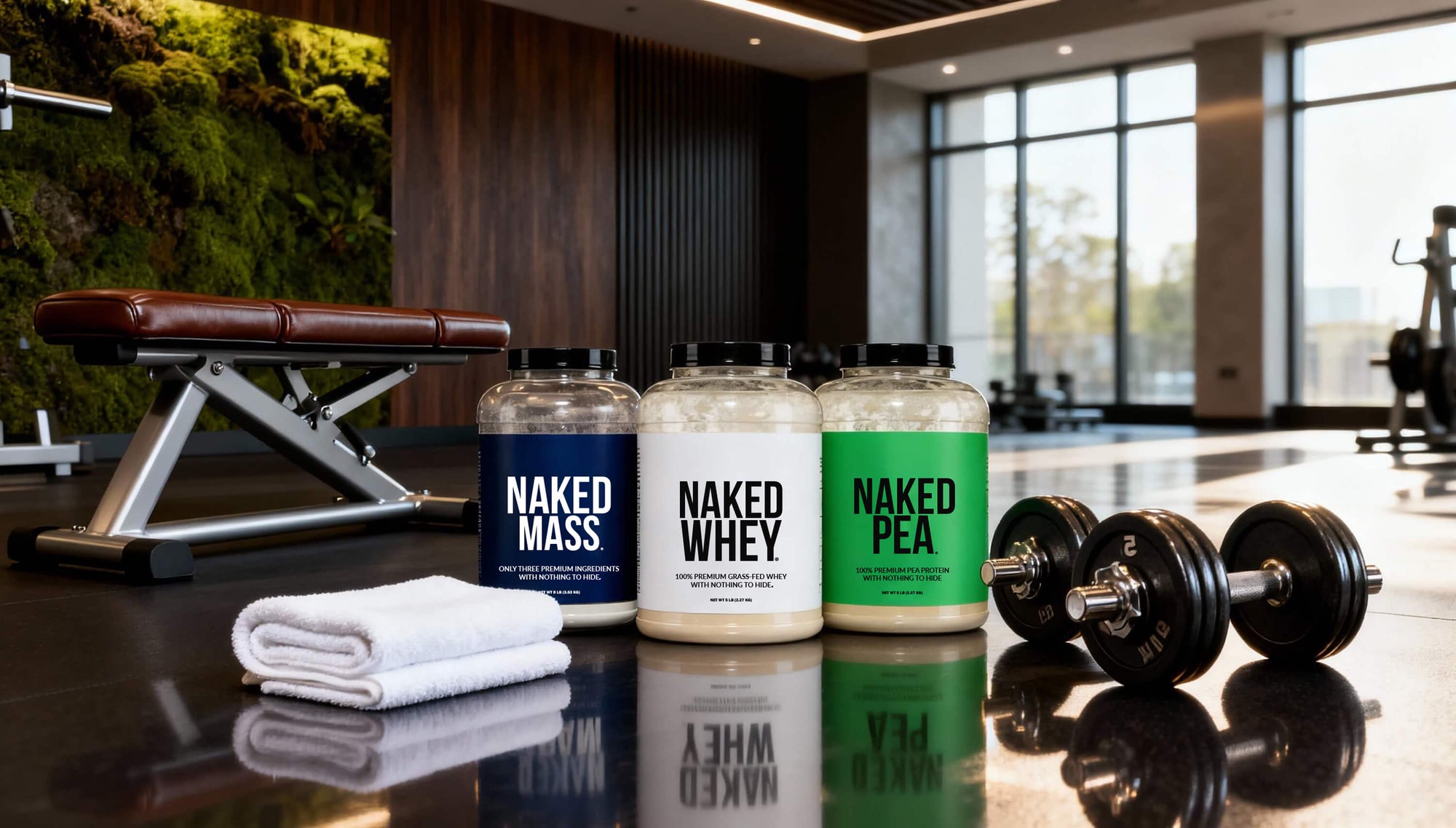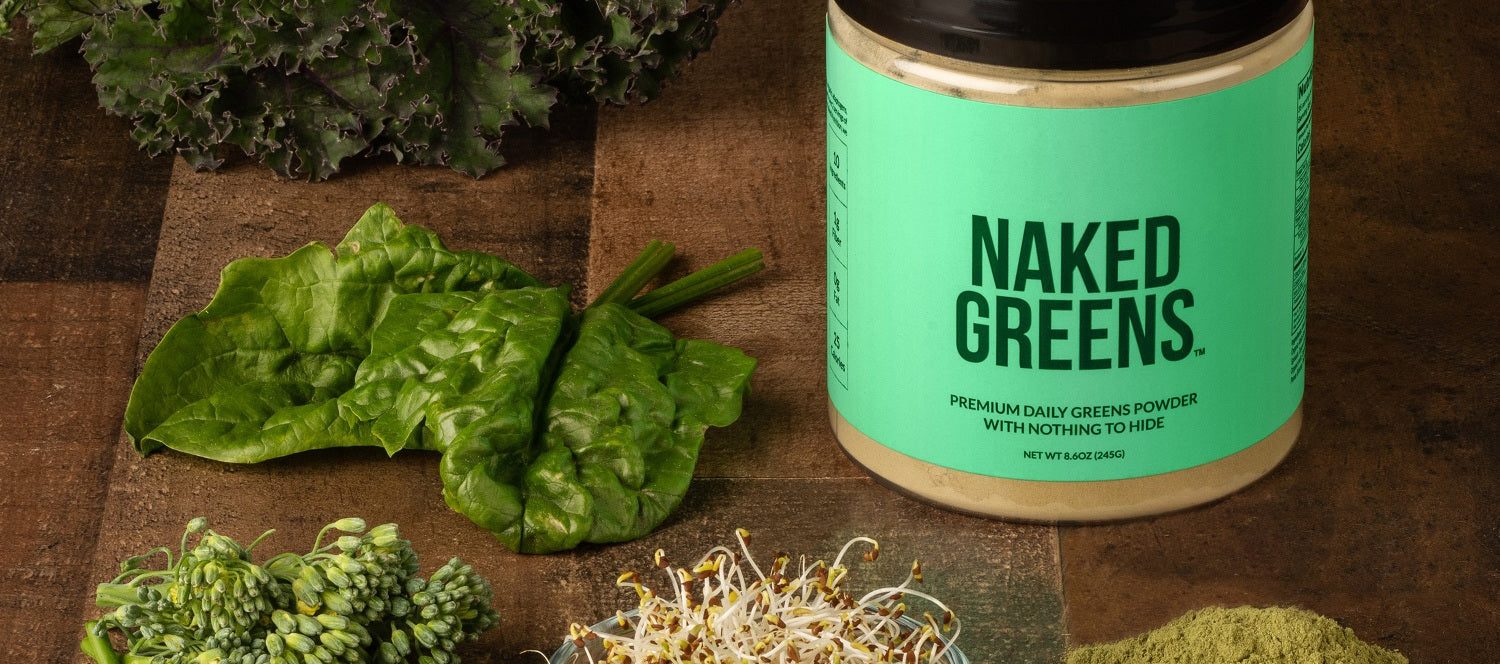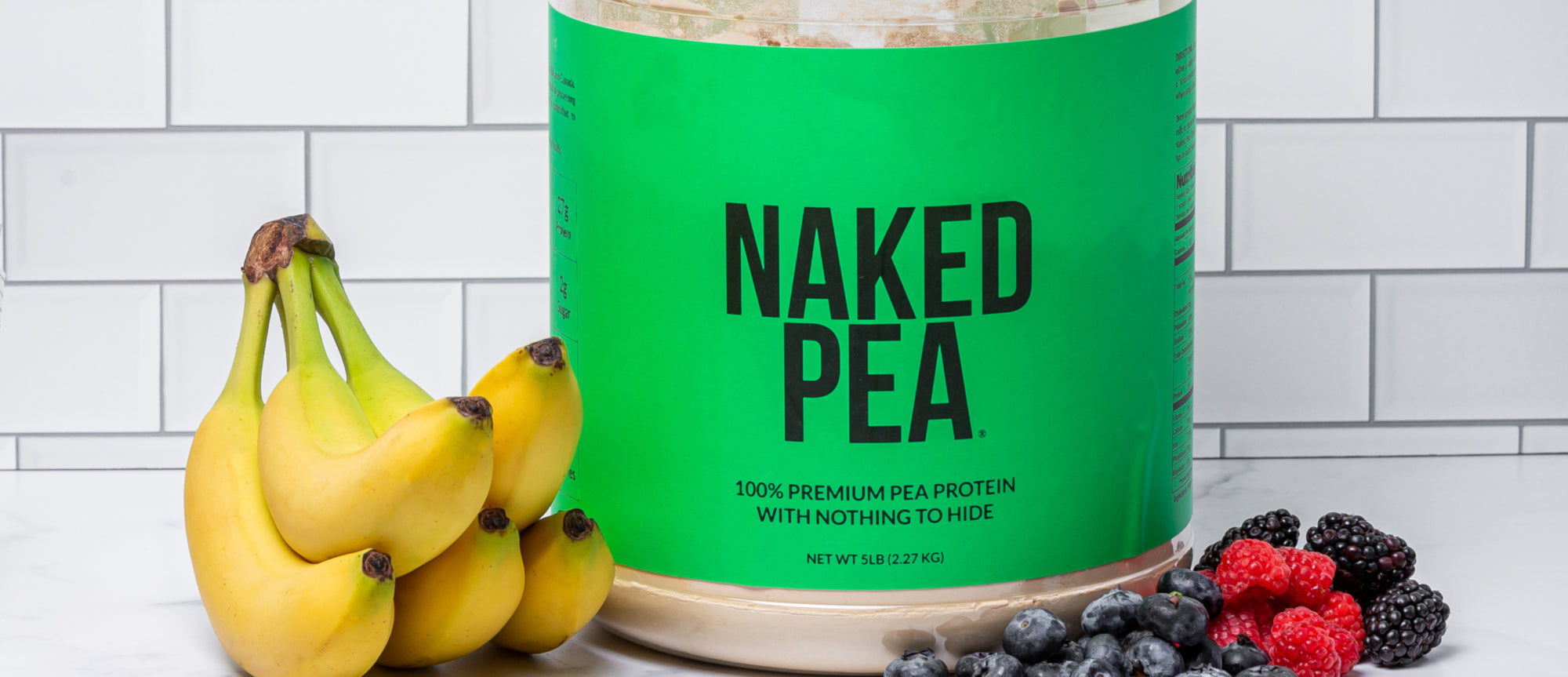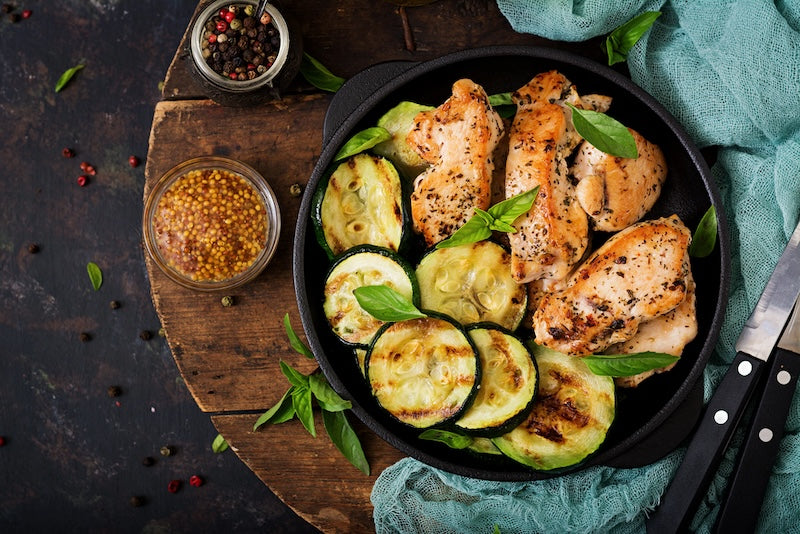Proper nutrition is the cornerstone of good health, and essential amino acids (EAAs) are critical for numerous bodily functions—from building muscle to supporting a robust immune system. Since our bodies cannot synthesize these amino acids, we must obtain them through our diet. In this post, we explore what essential amino acids are, why they matter, and how you can ensure you’re getting enough from your everyday meals.
Understanding Essential Amino Acids

What Are Essential Amino Acids?
Essential amino acids are the nine amino acids that your body cannot produce on its own. These include histidine, isoleucine, leucine, lysine, methionine, phenylalanine, threonine, tryptophan, and valine. Each one plays a unique role in maintaining and repairing bodily tissues, synthesizing hormones, and ensuring proper metabolic function.
Why Your Body Needs Them
Your body depends on EAAs for building proteins, which are essential for muscle repair, immune response, and overall cellular function. Without these nutrients, your body’s ability to recover from exercise, fight off infections, and maintain healthy skin, hair, and nails would be significantly compromised.
The Importance of Essential Amino Acids in Your Diet

Role in Muscle Growth and Repair
EAAs are crucial for muscle protein synthesis—the process by which new muscle proteins are created to repair and build muscle tissue after physical activity. Adequate intake helps in faster recovery and improved athletic performance.
Support for Metabolic Processes
These amino acids are involved in numerous metabolic processes. They aid in enzyme production, hormone synthesis, and energy production, which are all vital for maintaining overall health and stamina.
Overall Health Benefits
Beyond muscle and metabolism, EAAs contribute to a healthy immune system, support brain function, and help maintain skin integrity. Ensuring that you get a sufficient amount of these nutrients can contribute to a higher quality of life.
Top Dietary Sources of Essential Amino Acids

Animal-Based Protein Sources
Animal products are considered complete proteins because they contain all nine EAAs in optimal proportions. Excellent sources include:
- Meat and Poultry: Chicken, beef, turkey, and pork are rich in EAAs.
- Fish: Salmon, tuna, and mackerel not only provide high-quality protein but also offer heart-healthy omega-3 fatty acids.
- Dairy: Milk, cheese, and yogurt deliver complete proteins along with additional nutrients like calcium and vitamin D.
Plant-Based Protein Sources
For those following a vegetarian or vegan diet, combining various plant sources can ensure a complete amino acid profile. Key plant-based sources include:
- Legumes: Beans, lentils, and chickpeas are great protein providers, though they often need to be paired with grains.
- Quinoa: A rare plant-based complete protein that contains all nine EAAs.
- Nuts and Seeds: Almonds, chia seeds, and hemp seeds contribute to your amino acid intake when consumed in sufficient amounts.
- Soy Products: Tofu, tempeh, and edamame are excellent sources of complete protein for a plant-based diet.
Strategies for Maximizing Essential Amino Acid Intake

Incorporate a Variety of Protein Sources
Ensuring a mix of both animal-based and plant-based proteins can help you obtain a balanced array of EAAs. Combining these sources throughout the day contributes to a more complete nutritional profile.
Combine Complementary Proteins
Vegetarians and vegans can optimize their amino acid intake by pairing complementary proteins. For example, combining rice with beans or hummus with whole-grain pita can provide a complete amino acid profile.
Plan Balanced Meals
Aim to include a quality protein source in every meal. Whether it’s a breakfast that features eggs or a lunch with quinoa and mixed vegetables, planning balanced meals helps maintain consistent levels of essential amino acids throughout the day.
Snack Wisely
Opt for high-protein snacks such as a handful of nuts, a smoothie with plant-based protein powder, or edamame. These choices not only provide a nutritional boost but also help keep your body fueled between meals.
Additional Considerations for Different Lifestyles

Athletes and Active Individuals
For those with high physical activity, the demand for EAAs increases. Athletes might consider supplementing their diet with protein shakes or bars that are rich in EAAs to support muscle recovery and growth.
Age and Health Status
Your needs may vary based on age and overall health. Older adults might benefit from a higher protein intake to combat muscle loss, while individuals with certain health conditions may have unique nutritional requirements. It’s important to tailor your diet to your specific needs.
Monitoring and Adjusting Your Diet
Keeping a food diary or using a nutrition tracking app can help you monitor your daily protein and amino acid intake. This practice allows you to make adjustments if you’re not meeting your recommended levels, ensuring that your diet remains balanced and effective.
Conclusion
Essential amino acids are fundamental to your health, influencing everything from muscle growth to overall metabolic function.
By incorporating a variety of protein sources—both animal and plant-based—you can ensure that your body receives the full spectrum of EAAs it needs to thrive. Whether you’re an athlete looking to enhance performance or simply striving for better overall health, focusing on these key nutrients is a smart strategy.
